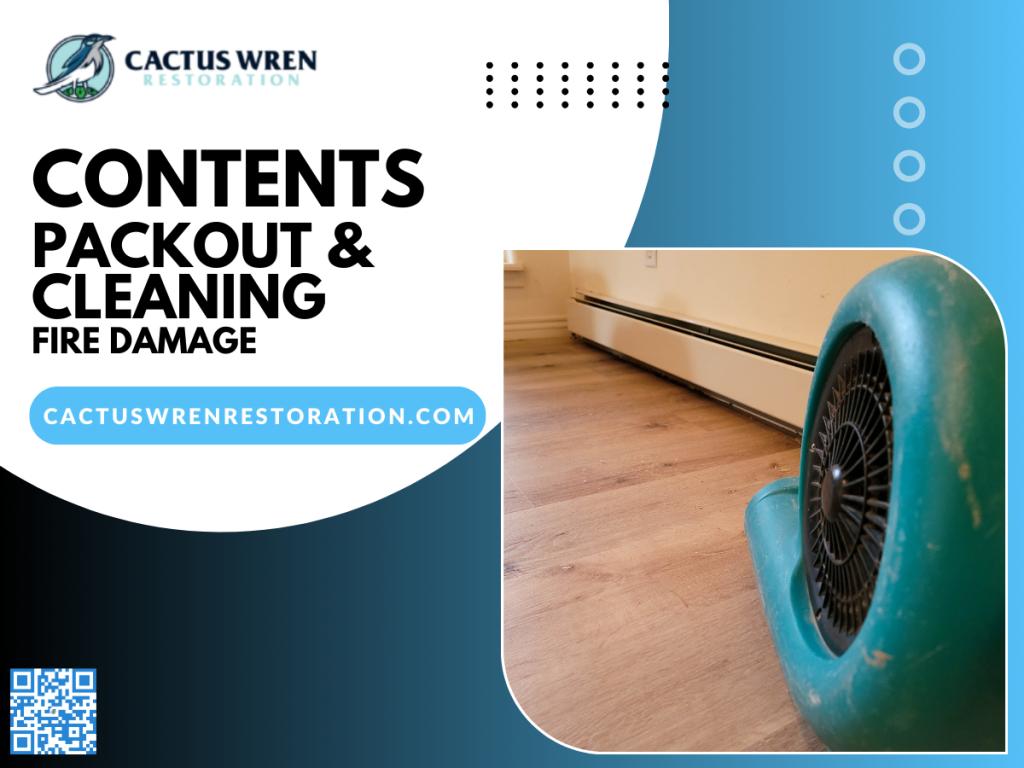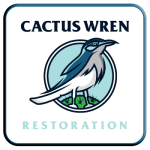Turning Back Time: Restoring Spaces After a Fire

Project Description
Comments
Location
, , ,
Contact Us
%3Ch3%3ECactus%3C%21%21%3EWren%3C%21%21%3ERestoration%3C%2Fh3%3E%0D%0A1497%3C%21%21%3EE%3C%21%21%3EBaseline%3C%21%21%3ERd%3C%21%21%3ESTE%3C%21%21%3E111%2C%3C%21%21%3EGilbert%2C%3C%21%21%3EAZ%3C%21%21%3E85233%0D%0A%3Ca%3C%21%21%3Ehref%3D%22tel%3A4806005899%22%3E%28480%29%3C%21%21%3E600-5899%3C%2Fa%3E%0D%0A%0D%0A%3Ciframe%3C%21%21%3Esrc%3D%22https%3A%2F%2Fwww.google.com%2Fmaps%2Fembed%3Fpb%3D%211m18%211m12%211m3%211d13327.113675258299%212d-111.81686327084779%213d33.37685045364959%212m3%211f0%212f0%213f0%213m2%211i1024%212i768%214f13.1%213m3%211m2%211s0x872ba9a38c1635c5%253A0xd9495c5a04a9086a%212sCactus%2520Wren%2520Restoration%215e0%213m2%211sen%212sus%214v1710973599254%215m2%211sen%212sus%22%3C%21%21%3Ewidth%3D%22100%25%22%3C%21%21%3Eheight%3D%22300%22%3E%3C%2Fiframe%3E
